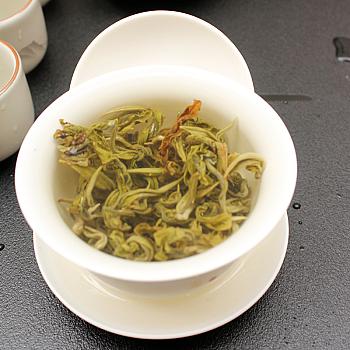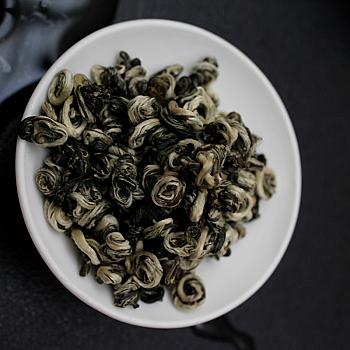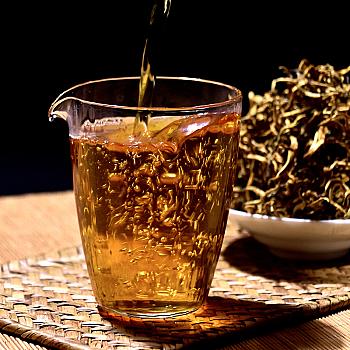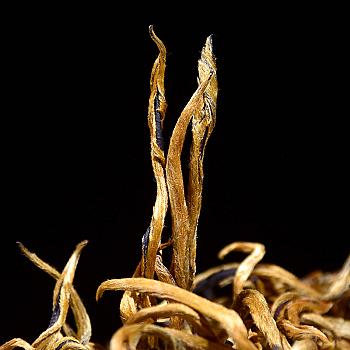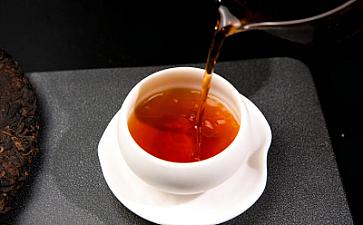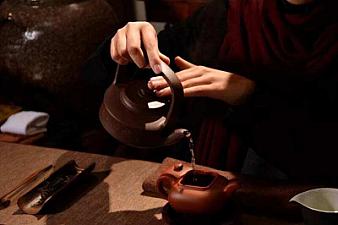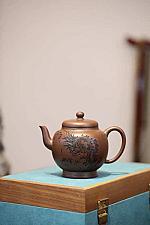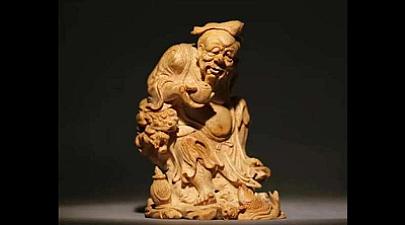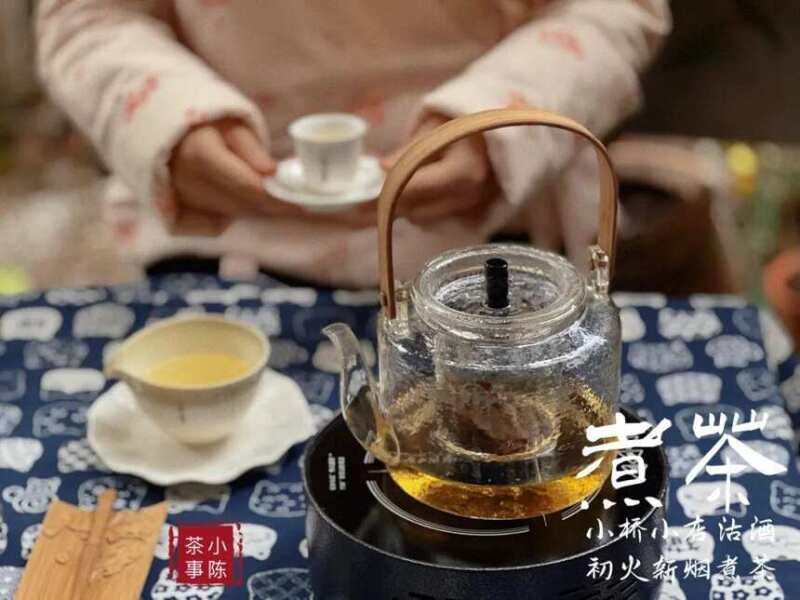
The charcoal stove, electric ceramic pot, and tea kettle – which one is best suited for a circle-roast tea ceremony?
September 15, 2025
When I was tidying up the storage room, I stumbled upon a charcoal stove that I bought last year. It's now super popular for its role in "surrounding the pot and boiling tea", and it's indeed very good at simmering the soup over low heat.
 While cleaning up our warehouse, we found a stove that was bought last year.
While cleaning up our warehouse, we found a stove that was bought last year.
It's that popular charcoal stove in the hot pot scene right now.
At that time, it was originally supposed to be used for making sand pot soup. This low heat way of cooking the soup is indeed very effective.
We also plan on spending our free time sitting in the courtyard, putting some wood charcoal inside and putting a metal grate on top to roast some beef.
It feels good, and it's got flavor.
But I've never thought of using it to brew tea.
The reason is that it's too time-consuming.

At such high temperatures, it would take at least an hour to boil water and brew a complete pot of tea.
It's easier to go back indoors and brew a cup of tea in an electric toaster oven.
For us two workaholics, we must pursue high efficiency.
But some people also say it's too ordinary to brew tea with an electric kettle and it lacks atmosphere.
Genuine people who want to experience "around a fire" tea cooking should still use a charcoal brazier and cook while burning it.
Only by experiencing such a scene can one truly appreciate the poetic atmosphere described in "Green ants new-roasted wine, small red fire-pit. Late at night when the sky is about to snow, we can have a cup."

Chapter 2
Do you need a charcoal brazier to experience roasting tea?
Of course not.
The coal-fired furnace may be old-fashioned, but it has a historic flavor and enables people to experience how our ancestors made tea and drank tea hundreds of years ago.
From a practical viewpoint, however, the most obvious problem is safety hazards.
The most common case of "encircled fire boiling tea" on major online platforms is carbon monoxide poisoning.
Burnt tables and scorched floors are all too common sights.
The most exaggerated claim was that someone had almost set their house on fire.
So, some of these real events also show a problem - most young people lack life skills.

Many people complain that the snacks and fruits served on the side while boiling tea around the fire don't taste as good.
Pieces that are too big are difficult to cook through, while those that are too small are easily overcooked.
Actually, whoever has cooking experience knows that different ingredients and volumes require different heat settings naturally.
If charcoal burns too fiercely, it will result in food being burnt on the outside but still raw inside.
Other people roasted chestnuts without opening them, and were burned by scalding.
No outdoor camping experience, couldn't get a fire started even at half past noon;
No preheating of the teapot, and pouring boiling water directly into a cold teapot will cause it to burst.
In reality, these are everyday facts of life that have become too ordinary.

But many people who tried heating a pot of tea by the fire seemed to know nothing about "hot and cold contraction".
As for how to put out fires or ensure self-safety in case of sudden situations, it is not well understood.
With young people so rash and careless, their skill is limited, they are all in a panic, and often get themselves into trouble.
In the end, the enthusiasm for tea around a bonfire is just as intense, but in the end nothing can be savored, it's all a futile delight.
Why not use it when there is already a readily available electric kiln, which is easy to operate?
For those living in rural areas, making tea around a fire is not difficult.
It has a similar style to burning fire in winter, and then cooking water on the side of the fire heap, or throwing a few red potatoes into the bottom of the fire.
But a previous life of poverty was suddenly popularized by city folks who inexplicably labeled it as "refined".
Just for taking a photo and checking in? What's the meaning of it all?

Chapter 3
There are a lot of tools for boiling tea.
There are various types of stoves, such as electric stoves, coal stoves, alcohol stoves, and gas stoves.
The biggest difference between them is where they get heat from.
Compared with it, electric kiln is safe and efficient.
Plug in the power cord and turn on the switch, it will be ready for use when it starts glowing.
No experience is required, easy to learn.
And when using electric kiln, usually a glass bottle is used.
Glass tableware has become very popular at tea tables, whether it is teapots, or cups, or other items.

The advantage of glass bottles is clear.
Lightweight, transparent, easy to clean and convenient to purchase.
Most importantly, the price of glass bottles varies depending on their shape and pattern.
Even an ordinary glass teapot can be bought for dozens of yuan.
If you want a finer style, then there's also an option of more expensive glass flasks which can meet the needs of people with different consumption levels.
So on the tea tables of the Yangtze River and its tributaries, the kettle with the highest appearance rate must be the glass teapot.
Besides, it's good for observation while using a glass pot to boil tea.
Through transparent glass, you can see changes in tea water when the water temperature changes.

Tea leaves boiling and churning in water, rising and falling, floating and sinking is a very beautiful sight.
Occasionally taking it easy and brewing tea by hand can bring a feeling of idleness in the midst of worldly affairs.
So, glass teapots are very suitable for new tea friends.
If they are opaque purple sand pots or clay pots, because of limited experience in boiling tea, it's hard to control the boiling time.
It's easy to overcook tea soup and make it bitter and thick if you're not careful.
A glass teapot allows one to observe at any time the color of the tea liquid and judge accordingly whether it has boiled.
Is there one that's too strong or is it brewed for too long? And so on.
By adjusting the color of the soup in a timely manner, it is not easy to cook a thick and bitter soup that affects flavor.

Episode 4
There's also a piece of equipment that always stands out in autumn and winter.
If saying that gathering around the fire and brewing tea is taking the ambiance to extremes, then it's taking simplicity to its ultimate limit.
It is, of course, a common homeopathic jug in many homes.
In real life, there are few people with leisure time who use a charcoal fire to boil tea.
Most people are too busy with their daily livelihood and can only choose the quickest and most convenient method.
But even the small ones don't take up space and can steam, stew, boil, and extract essence, and it's also capable of brewing tea.
So it has become a favorite for many office workers.
The view of village girl Chen is that life preservation pot is convenient but is defeated by being too "crude".
Only completes tasks at preset times.
After arrival time, it will emit a "beep-beep" buzzing sound to remind the owner.
But if the tea leaves are in contact with water for a long time, it will inevitably become bitter and the taste will deteriorate.

So the best way is still using an electric clay stove with a glass teapot and manually brewing tea.
Don't rely on the machine's timer, but observe the water temperature and soup color changes in real time to turn off the fire.
This way it's easier to cook a tea soup that is both concentrated and diluted at the same time, sweet and palatable.
Of course, people who don't have time can use a healing tea kettle, but also remember two things.
Firstly, control the ratio of tea and water well.
Since it can't be avoided to brew tea for a long time, reduce the amount of tea leaves poured in and adjust according to one's personal taste.
Secondly, avoid mixing flavors.
Some people brew tea and also occasionally use their life-giving pot to make flower tea, cooling tea, silver ear paste, etc.
The seal on top absorbs flavor very easily and causes flavor transfer.
So if you are going to insist on using a thermal teapot to brew tea, it's essential to keep it clean and ensure that the tea is brewed with the original taste.
However, good old white tea is still recommended to be boiled manually.
Use it right and you won't waste it.

Book 5 (Shu Jing)
Tea around a fire has become popular among young people today.
But whether they would really agree with such a method remains to be seen.
At least it has only formally realized a return to nature.
In reality, it was just a way to make things more lively after suppressing them for too long.
Time will prove whether the gathering around a small fire cooking tea is a fleeting phenomenon or a lasting one.
True tea lovers are not affected by it at all.
She still follows her habit of brewing tea, boiling tea and drinking it.
Perhaps there will be one who is influenced by the heat, and tries for a fresh experience of having fun with tea in a hut.
But ultimately, it will still return to its own habits.
You don't need a fancy stove and teapot, simple is as effective.
